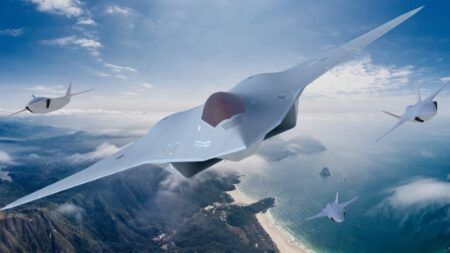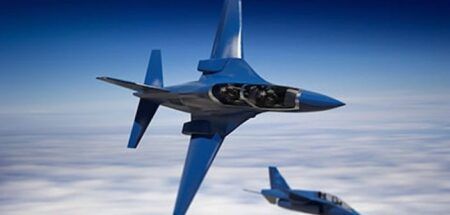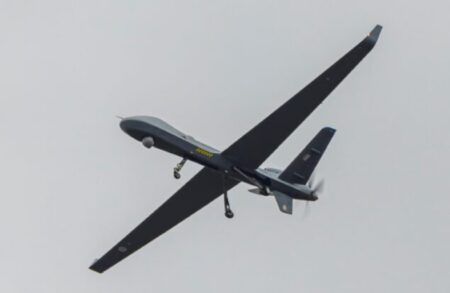The Royal Navy’s newest helicopter has been undergoing testing in the searing heat of the Gulf. Wildcat – which will provide the aerial eyes and punch of British destroyers and frigates for a generation – has spent a fortnight flying in punishing temperatures in the Middle East during key trials with destroyer HMS Duncan. It is the first time the new helicopter – normally based with 825 Naval Air Squadron in Yeovilton – has experienced such extreme heat.
Both HMS Duncan’s crew and the test pilots were pleased with the six-tonne 150mph aircraft’s performance, with Wildcat even managing to land backwards on the flight deck as the destroyer powered through the Gulf. The destroyer chased the hottest weather – up to 45˚C (113˚F) – the thinnest air and the strongest winds to push the helicopter to its limits and help write the manual for when Wildcat is committed for a full tour of duty east of Suez.
Wildcat is replacing the long-serving Lynx with one helicopter already six months into its first front-line deployment with HMS Lancaster, patrolling the Atlantic. But despite four years of extensive trials to ready the helicopter for operations, it’s never been tested in the extreme heat of the Gulf. The large hangar and expansive flight deck of HMS Duncan, which is escorting USS Theodore Roosevelt on operations against ISIS forces, meant the destroyer could continue normal duties with its Lynx helicopter alongside the Wildcat trials.
Lead test pilot Lieutenant Commander Stuart Irwin singled out his engineers for doing “an outstanding job in the punishing midday and afternoon heat of the Gulf”. They not only looked after the Wildcat’s engines, avionics and sensors, but donned protective suits to repeatedly refuel the helicopter on the flight deck and load dummy torpedoes “maintaining their impeccable professionalism and sense of humour throughout,” he added.
The specially-modified Wildcat, fitted with sensors and instruments to record how the engines, flight controls and tail rotor handled, was packed aboard an RAF C17 transporter and flown to Bahrain, hub of the Royal Navy’s operations in the Gulf before arriving on HMS Duncan. An 18-strong team of aircrew, engineers, technicians and aviation experts accompanied the aircraft.
September 24, 2015




